Lynx is best seen from December through March.
Click on image for full size
Windows to the Universe original image
Lynx
Lynx is not a very well known constellation. A lynx is a small nocturnal member of the cat family.
One of Lynx's stars is named 10 Ursae Majoris because an astronomer thought it was part of Ursa Major. The constellation itself isn't very fascinating--just a long, bent line. Think of it as a sort of trace of the top of the cat, with the northern end being the head.
You can see Lynx from December through March. The easiest way is to first find Ursa Major and Cassiopeia. It's right between them!
There aren't very many interesting objects in Lynx, except for a cool cluster of stars. When we look at most clusters, they are orbiting our galaxy's nucleus. But when viewing this cluster, we are actually looking away from the center. It is the most distant globular cluster in the Milky Way.
You might also be interested in:
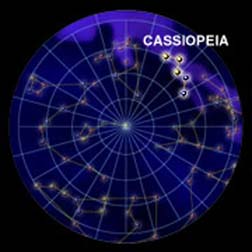
Cassiopeia was the wife of King Cepheus. She was very pretty, and would often brag that she and her daughter were more beautiful than the sea nymphs, the Nereids. They complained to Poseidon, who sent
...more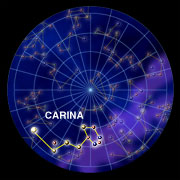
The constellation Carina is known as the Keel, which is the bottom part of old ships. Carina was originally a part of Argo Navis, which was a huge boat in the night sky. It has since been divided into
...more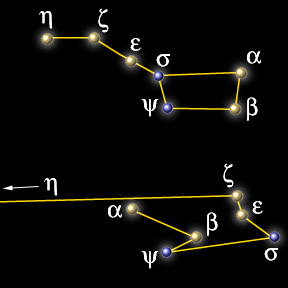
In most cases, however, the stars that we see that seem to be "close" to each other actually are quite far apart, some stars are much closer or farther than others as is shown in the example below of Ursa
...more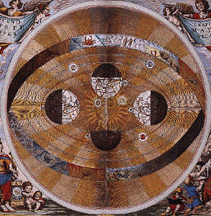
In our time, scientists (and most people!) know that the constellations seem to move across the sky because the earth rotates on its axis. What, you may ask, does the turning of the earth have to do with
...more
If you look at the night sky different times of the year you see different constellations. This change is due to the motion of the Earth in its orbit around the Sun. Each day a few stars are visible in
...more
Constellations are formed of bright stars which appear close to each other on the sky, but are really far apart in space. The shapes you see all depend on your point of view. Many societies saw patterns
...more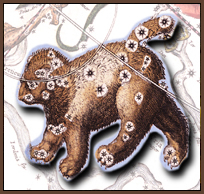
Many different constellations fill the evening sky in the northern hemisphere. Depending on your location and the season, different constellations can be seen. Northern circumpolar constellations can be
...more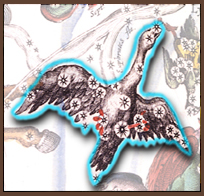
Many different constellations fill the evening sky in the southern hemisphere. Depending on your location and the season, different constellations can be seen. Southern circumpolar constellations can be
...more














